Search for information
The Platypus: Australia’s Bizarre 'Duck-Billed' Mammal, a Living Evolutionary EnigmaNative to the freshwater rivers of eastern Australia, the platypus (Ornithorhynchus anatinus) stands as one of the world’s most extraordinary creatures—an odd blend of mammalian, reptilian, and avian traits that baffled scientists when first discovered. Often called a "living fossil," this semiaquatic mammal lays eggs, produces milk, and sports a duck-like bill, making it a unique representative of the ancient monotreme order.
June 23, 2025, 11:05 am EDT
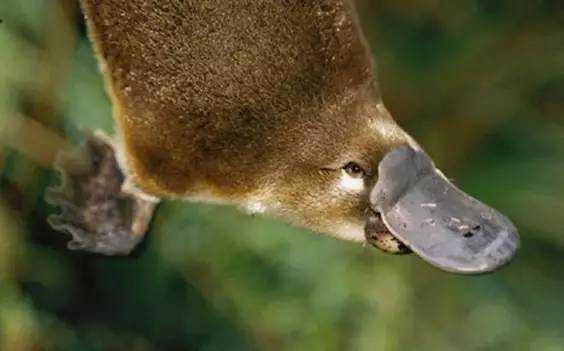
A Hodgepodge of Adaptations: Form and Function
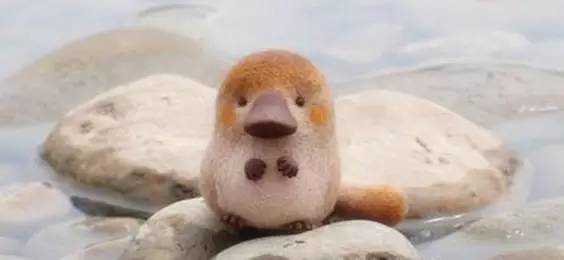
Nocturnal Lifestyle and Conservation Challenges
A Scientific Marvel and Cultural Icon

"Zootopia 2" Unveils First Poster
Disney has released the first poster for "Zootopia 2", and fans are in for a treat. The poster features the beloved duo, Officer Judy Hopps, voiced by Ginnifer Goodwin, and Nick Wilde, voiced by Jason Bateman. Joining them is a new character, Gary the snake, brought to life by the talented Jonathan Ke Quan. The image is vibrant, capturing the charm and excitement that the "Zootopia" franchise is known for.more
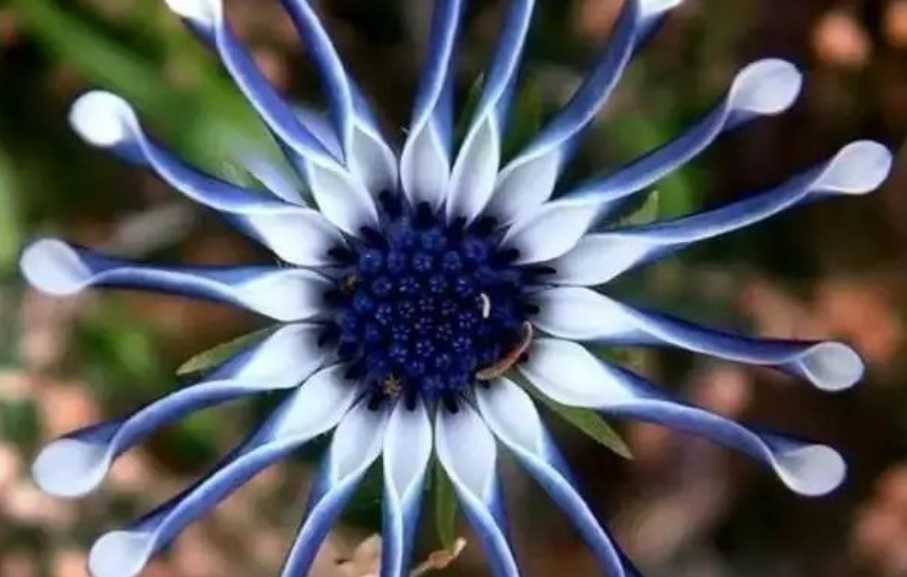
The Alluring Blue - Eyed Daisy: A Floral Gem from Africa
In the world of horticulture, the Blue - Eyed Daisy, scientifically known as Osteospermum, has emerged as a captivating and popular flower. Native to Africa, this member of the Asteraceae family has won the hearts of gardeners and nature enthusiasts around the globe with its unique appearance and adaptability.more

Captivating Photos of an Amateur Model 136
This set of photos features an amateur model who has an undeniable charm. Her looks are a blend of innocence and sophistication, making her a delight to behold.more

Sega and GeekOut to Create "Yakuza" VR Experience on Roblox
Sega has recently announced an exciting collaboration with fellow game developer GeekOut. The two companies are teaming up to bring the vibrant and action - packed world of the "Yakuza" series to a new platform: Roblox. This innovative move aims to introduce the beloved "Yakuza" franchise to a broader audience.more
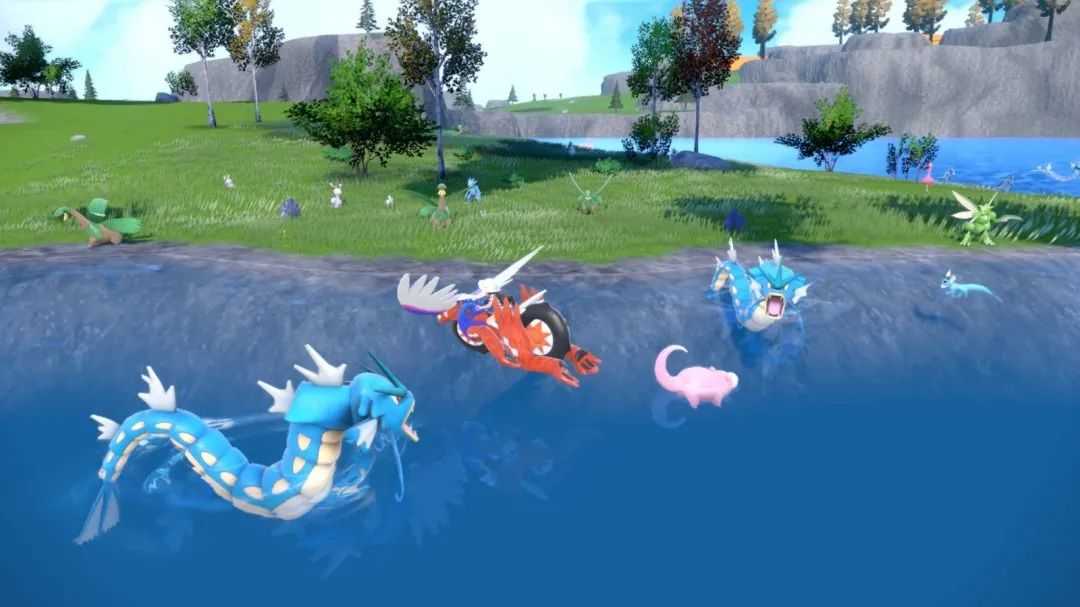
"Pokémon Scarlet and Violet" has continued its remarkable sales success, with the game now having sold 26.79 million copies globally. This achievement cements its place as one of the most popular entries in the long - standing Pokémon franchise. The game, which introduced players to the Paldea region and a host of new Pokémon species, has captured the hearts of trainers worldwide since its release.more

Ryan Reynolds Proposes R - Rated "Star Wars" Film to Disney
In a recent podcast appearance, Ryan Reynolds revealed that he pitched an audacious idea to Disney: an R - rated "Star Wars" movie. Reynolds, known for his bold and creative thinking in the entertainment industry, brought up this concept, suggesting that there's untapped potential within the "Star Wars" universe for a more mature - themed film.more

"Resident Evil 9" Likely to Be Announced This Year, Set for 2026 Release
Dusk Golem, a well - known leaker in the "Resident Evil" community, has dropped a major hint about the future of the franchise. Responding to a fan's question, Dusk Golem stated that Capcom is "almost 100% certain" to officially announce "Resident Evil 9" this year, with a release slated for 2026.more
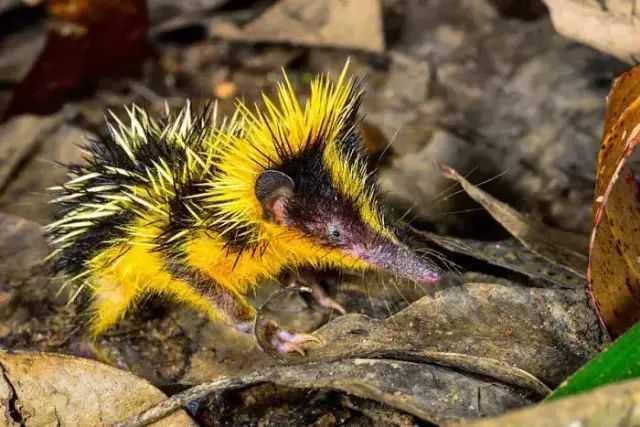
The Lowland Streaked Tenrec: Africa’s Spiky Mammal That 'Sings' by Friction
Discovered in Madagascar’s lush rainforests, the lowland streaked tenrec (Hemicentetes semispinosus) stands out as a biological oddity: a mammal covered in rigid, porcupine-like quills and the only known species to produce sound by rubbing its spines together. This small, insectivorous creature blends evolutionary innovation with a striking appearance, captivating scientists with its unique acoustic adaptation.more

